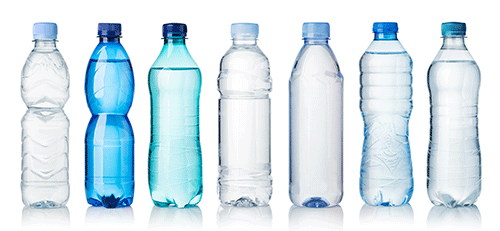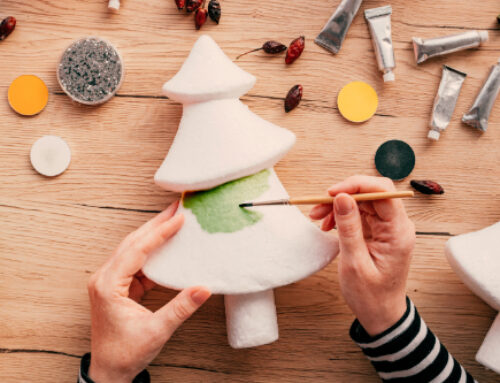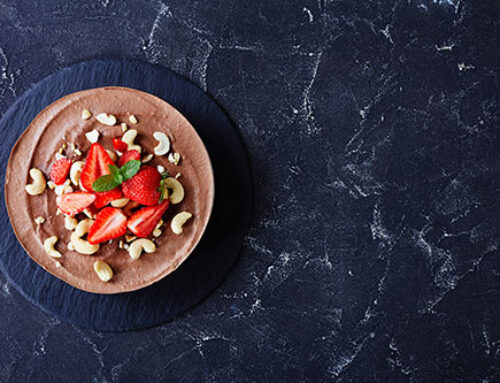Even if you consider yourself to be a health conscience person who cares about your environment, it can still be easy for harsh chemicals to end up in your cupboards and cabinets. Unfortunately, every product we put in our kitchens may not come with an ingredient label like our market bought foods are required to have. Let’s explore some common kitchen noxious chemical smuggling products.

Cookware
While it’s largely been phased out in the last few years, nonstick cookware was traditionally made using fluoropolymers such as perfluorooctanoic acid, or PFOA. This substance is a known carcinogen and water contaminate. If you have any old nonstick pans, toss them out in favor of newer, PFOA free cookware. Don’t worry, Grandma’s vintage iron skillet isn’t nonstick, so you can hang onto that. Stainless Steel is also a safe bet, even if you’ve had it for a long time. If you’re in the market for new cookware with a nonstick coating, Rebecca Carhart at Food&Wine has compiled a list of safe cookware buys, explaining that the Caraway Cookware Set is “a non-toxic, Teflon-free nonstick cookware line. In addition to being easy to clean and oven-safe, these pots and pans are compatible with every type of stovetop.”
Food Storage
Your lid-to-container ratio may be the least of your worries when it comes to using plastic storage for your leftovers, especially if you plan to heat your eats up right in the plastic. Chemicals from these everyday kitchen items, such as BPA and Phthalates, can move from the plastic and into your food once the container heats up. According to Harvard Health Publishing Harvard Medical School, “Some of these chemicals have been linked to health problems such as metabolic disorders (including obesity) and reduced fertility.” They go on to say, “Often what happens when a manufacturer removes a problematic ingredient from plastic is that it substitutes another chemical that we know little about.” If you’re concerned about these chemicals, you can replace your old leftover vessels with non-plastic alternatives. You can use your existing dishware and wrap your vittles in beeswax wrap, or keep your snacks fresh with silicone bags. You can also store last night’s dinner as tomorrow’s lunch in glass storage containers with lids.
Water Bottles
Aside from the chemicals that can leech out of the single use plastics that many water bottles are made of, they’re horrible for the environment. You can do something positive for yourself and your community by switching out your disposable water bottle for one you refill and keep around. A glass water bottle may be right for you if you’re looking for something with a straw built in. This stainless steel model may be a good option if you’re searching for something that is insulated and resembles a traditional plastic bottle. If you’re someone who insists tap water mustn’t ever touch your lips, consider getting a filter for home use. You may be pleasantly surprised to find out you do enjoy tap water. Just make sure you closely follow all of the manufacturer’s instructions regarding how often the filter should be replaced. You don’t want to counter your positive choices by letting gunk loom in your water filter.

Clean living isn’t just about the things you eat, it’s also about what you allow into your living space and near your foods. Ditch the toxic chemicals and get one step closer to achieving your health goals.




